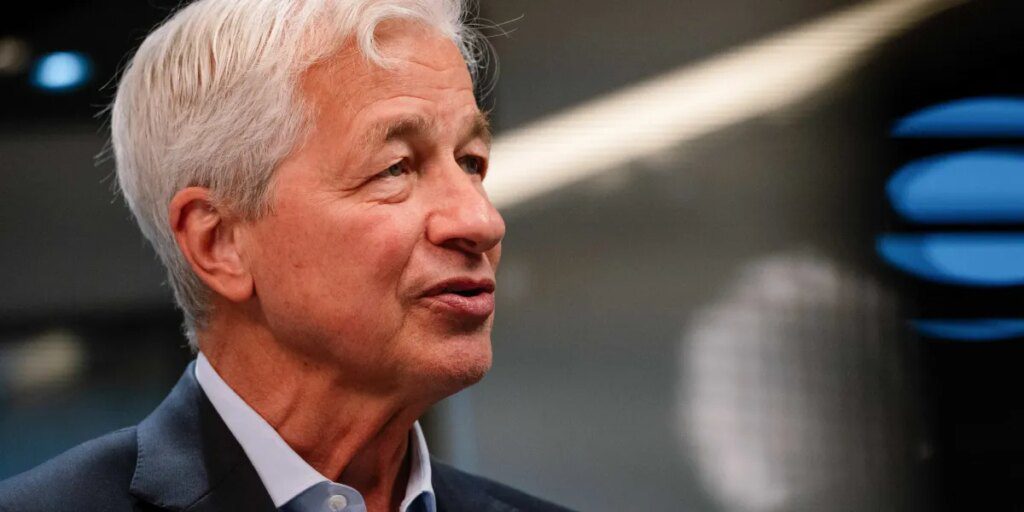One of crypto’s most vocal critics is changing his tune. Jamie Dimon, CEO and chairman of JPMorgan Chase, has argued for years that Bitcoin is no different from pet stones, serving only scammers and money launderers. But as his bank experiments with digital asset ledgers, Dimon has turned his attention to the technology, saying Tuesday that “blockchain is real.”
Speaking at Fortune’s Most Powerful Women Summit in Washington, DC, Dimon argued that stablecoins and her bank’s own custodial token will have real-world use cases, but that the decentralized nature of blockchains makes it difficult to get parties to agree on permissions and rules. Dimon said this is why JPMorgan’s version of the blockchain is private, as opposed to Bitcoin or Ethereum, meaning it has complete control over who uses the chain and how.
“This is going to replace some systems that we all use that are clunky, late or don’t work 24/7,” Dimon said, citing short-term loans called intraday repos as an example. But the famous crypto curmudgeon – who said in 2017 that he would “fire in a second” any JPMorgan employee trading Bitcoin – also made it clear that he saw the technology as limited.
“It’s not the only thing that can solve the problem, and sometimes it’s a solution in search of a problem,” Dimon said, asserting that blockchain won’t “replace everything.”
Asked about Bitcoin, he declined to comment on a topic that has become a lightning rod for one of the world’s most scrutinized CEOs. “So that’s all I’m going to read in the headlines,” Dimon joked. “Then I get death threats and stuff like that.”
Created by obscure figure Satoshi Nakamoto in the aftermath of the 2008 financial crisis, Bitcoin began as a reaction against the growing power of Wall Street and big banks. But the industry has since grown and financial institutions have come to integrate distributed ledger technology into various operations. This includes JPMorgan, which uses its own private, permissioned blockchain, Kinexys, to facilitate the movement of money within its customer base and develop its own internal token.
Although these efforts have come in fits and starts, the Trump administration’s pro-crypto bent has pushed different Wall Street firms to move more quickly to launch their own products. This produced a boom in stablecoins, or a type of cryptocurrency tied to an underlying asset, usually the U.S. dollar. Some banks have considered stablecoins as an alternative form of money movement, with blockchains potentially reducing fees and transaction processing times.




